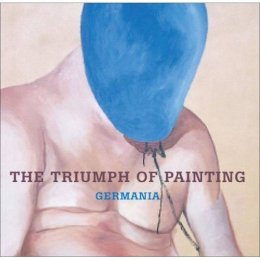
The Triumph of Painting: Germania
Saatchi Gallery
The very title Germania suggests an empire of ruin, a dream of Albert Speer, or the land of some barbaric tribe, suitable for taming. It carries an historical echo. The postwar generation of German artists who had lived through the nation's recovery from defeat - Anselm Kiefer, George Baselitz and Martin Kippenberger - have now given way to a generation who have experienced the consequences of the reunification of 1989. The capital of Germania is Berlin, but its frontiers extend to Leipzig and Dresden, former cities of the East. Germany exists within the European Union, but ... Read more
The reinvention of history is one of the characteristics of the new art and the new generation. The happenings of the past can be re-enacted. The ghosts of Brecht or Dada can be reinvigorated. But the medium of the Internet provides a different platform to that afforded by artistic predecessors. 'The new generation of Germania', writes Max Henry in his introduction, 'can discard the chronology of their influences. They can incorporate sound and music, self-publish their theoretical literature, display archival ephemera, curate and collaborate, and ultimately seize all available means to propagate their view.' Such opportunities have stimulated the emergence of the most vibrant artistic language. Film, theatre, television, collage and kitsch provide the raw influences, but at the centre of Germania lies a core of expressionist painting, embodied in the dense surfaces of André Butzer. Out of this seeming chaos Germania leaves anarchic traces. These are the signs of life embedded at the heart of this stark empire.
Germania is a further title in the series Jonathan Cape is publishing in conjunction with the exhibition programme of the new Saatchi Gallery in London.
Show LessProduct Details
Reviews for The Triumph of Painting: Germania
